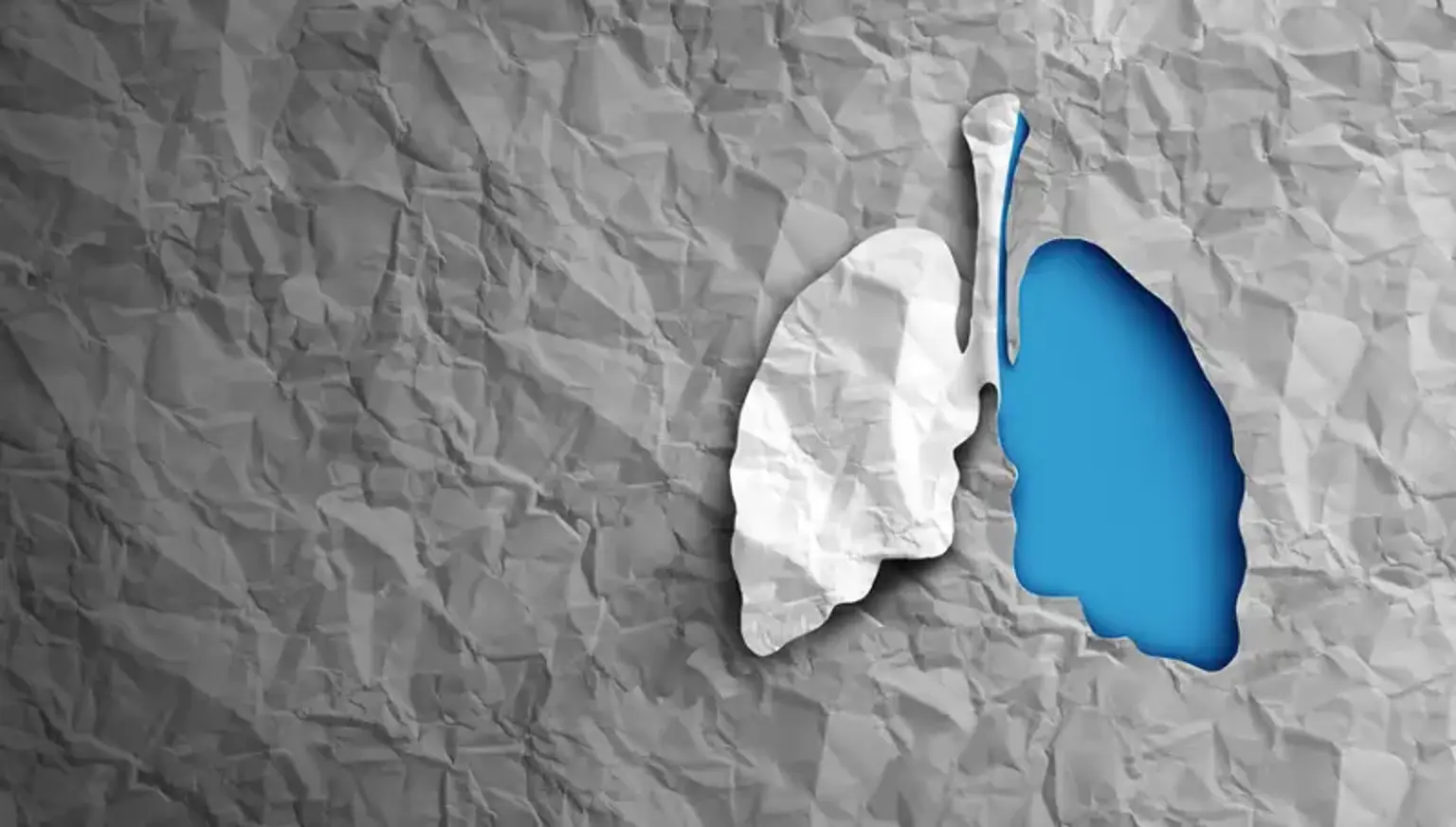Lung transplant surgery
Overview
Lung transplantation is a well-accepted therapy option for advanced lung disease. Over 46,000 lung transplants and over 1400 heart/lung transplants have been done in the United States since 1988, accounting for approximately 5% of all organ transplants.
